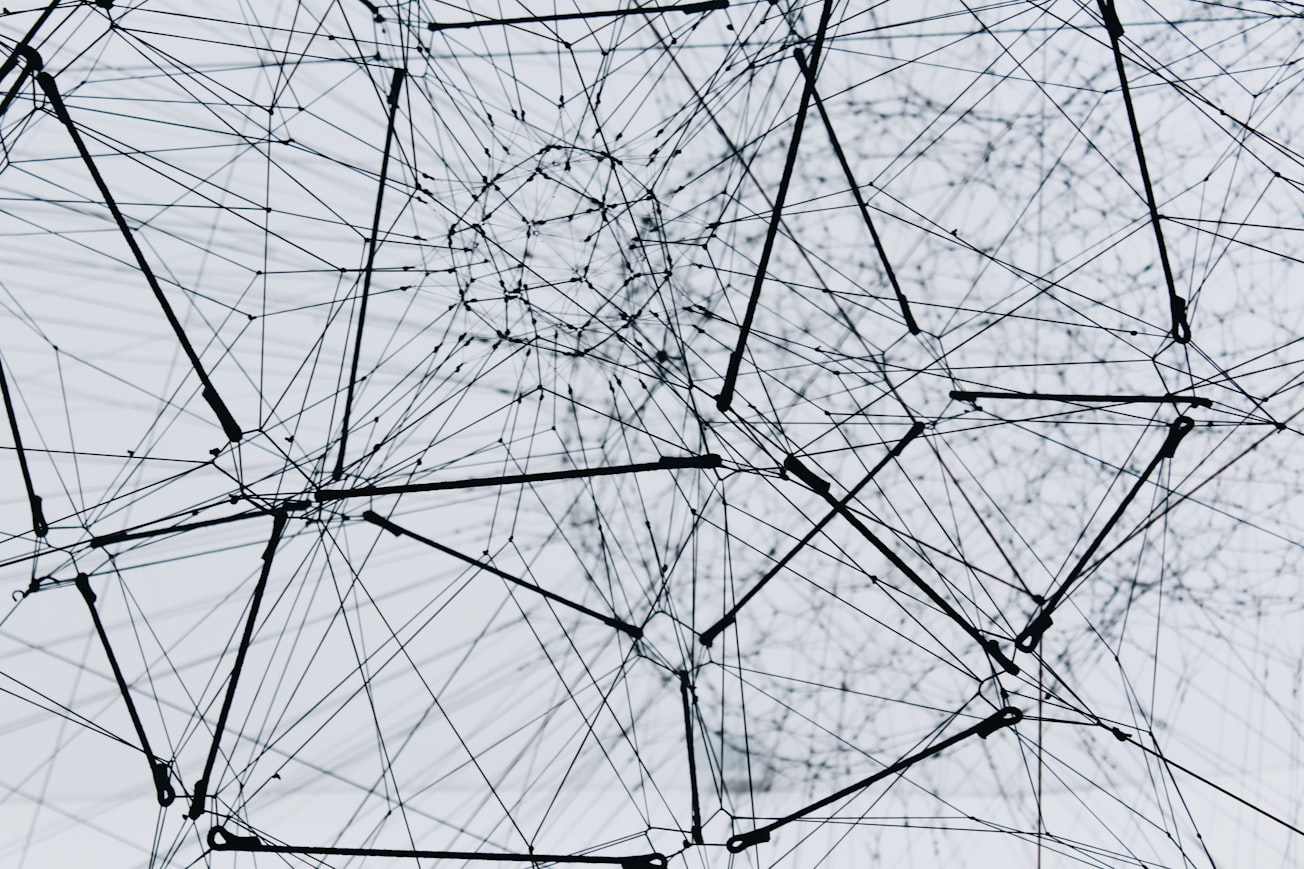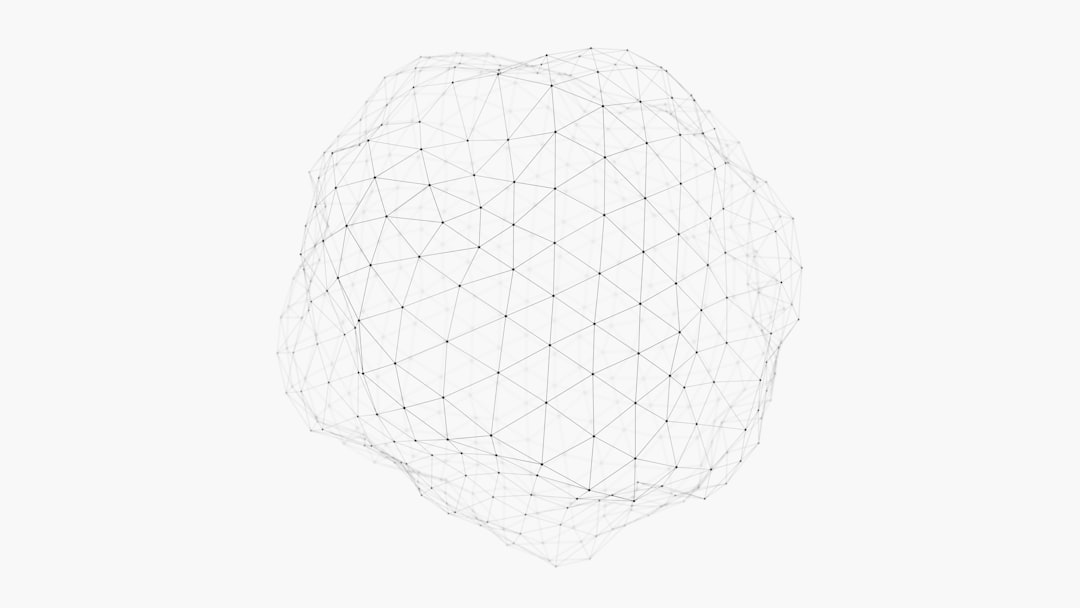What is it about?
The Internet of Things (IoT) boom has revolutionized almost every corner of people’s daily lives: healthcare, environment, transportation, manufacturing, supply chain, and so on. With the recent development of sensor and communication technology, IoT artifacts, including smart wearables, cameras, smartwatches, and autonomous systems can accurately measure and perceive their surrounding environment. Continuous sensing generates massive amounts of data and presents challenges for machine learning. Deep learning models (e.g., convolution neural networks and recurrent neural networks) have been extensively employed in solving IoT tasks by learning patterns from multi-modal sensory data. Graph neural networks (GNNs), an emerging and fast-growing family of neural network models, can capture complex interactions within sensor topology and have been demonstrated to achieve state-of-the-art results in numerous IoT learning tasks. In this survey, we present a comprehensive review of recent advances in the application of GNNs to the IoT field, including a deep dive analysis of GNN design in various IoT sensing environments, an overarching list of public data and source codes from the collected publications, and future research directions.
Featured Image

Photo by Alina Grubnyak on Unsplash
Why is it important?
A more recent development of deep learning methods in IoT sensing focuses on graph neural network (GNN) and its variants. There are several benefits of applying a GNN to model IoT sensing data, besides what is provided by CNN and RNN. Indeed, both CNN and RNN can be treated as a simpler GNN with fixed-size grid graphs for CNN and line graphs for RNN, while typical GNN comes with more complex graphs, without a fixed form, with a variable size of unordered nodes, and a variable amount of neighbors for each node. The extra complexity in GNN empowers us to effectively encode complex relationships and interdependencies among devices in IoT sensing systems, and among data instances over time from IoT devices. A wide range of applications in IoT sensing have leveraged GNN to represent their learning problems on the associated data, including works in team collaboration, traffic monitoring and forecasting, remote scene classification, robotic grasping, movement analysis and object detection, public service, energy management, autonomous driving, social sensing, personal health, and so on
Perspectives
In this survey, we strive to make up for this gap by summarizing existing GNN works in IoT sensing applications. We create a unified framework for IoT sensing paradigms, which divides IoT sensing into human sensing, autonomous things, and environmental sensing. We then provide a brief introduction to GNN, and define a taxonomy for GNN modeling in IoT sensing. The GNN methods are then categorized into multi-agent interaction, human state dynamics (HSD), and IoT sensor interconnection according to how the data are represented by graphs to model the problems. Through this taxonomy, we provide a comprehensive review of the most important works of GNN models in IoT sensing. In addition, we pull together a list of public data resources that are accessible for research in the intersection of GNN and IoT sensing, as well as a summary of different IoT application areas using GNN-based techniques. Lastly, we provide an in-depth comprehensive discussion on important challenges in this area and point out the corresponding future directions for research
Guimin Dong
Amazon.com Inc
Read the Original
This page is a summary of: Graph Neural Networks in IoT: A Survey, ACM Transactions on Sensor Networks, October 2022, ACM (Association for Computing Machinery),
DOI: 10.1145/3565973.
You can read the full text:
Contributors
The following have contributed to this page










